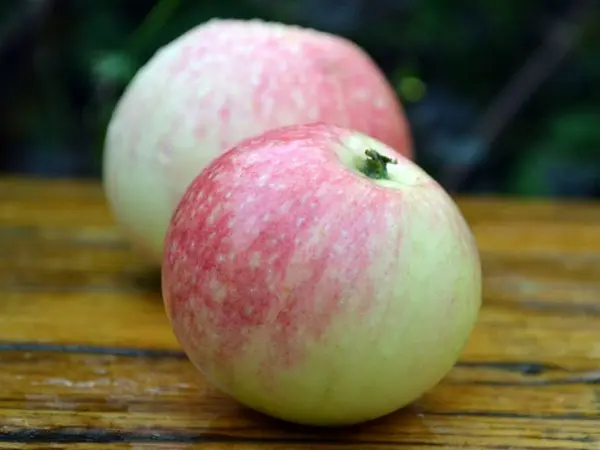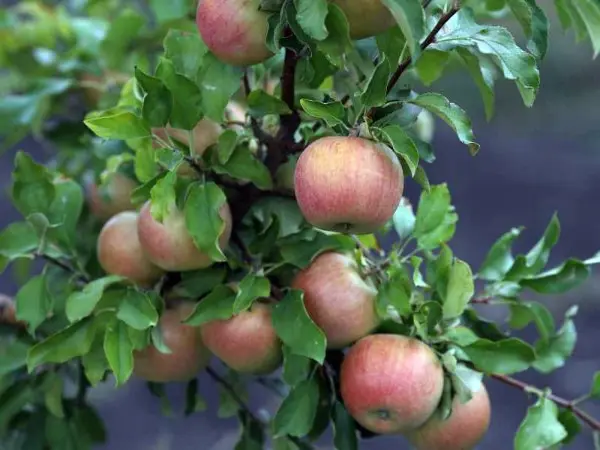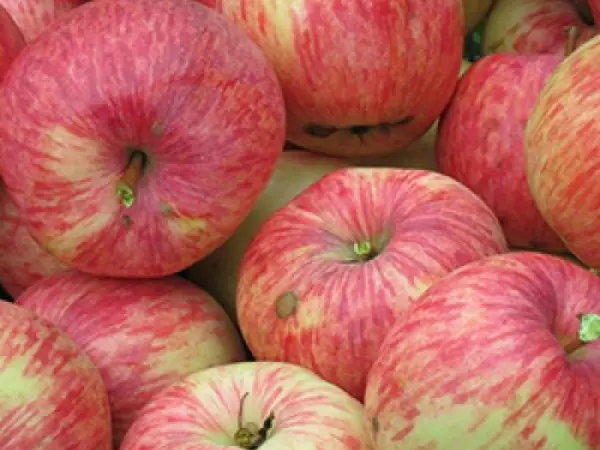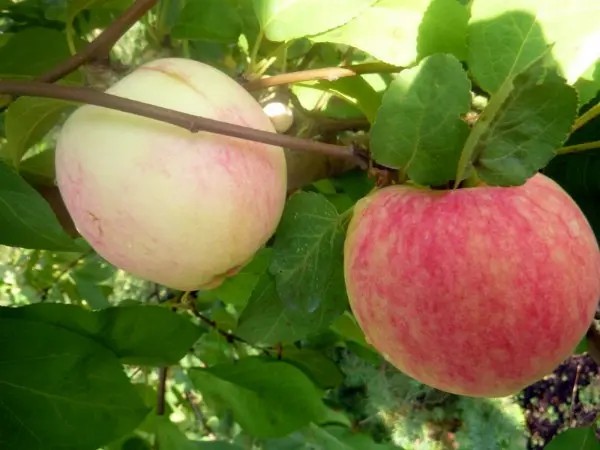Contents
Belfleur-Chinese is a well-known and beloved variety of dessert apples, bred by I.V. Michurin. It is also called “souvenir”, as large and bright fruits can often be found at demonstrative thematic exhibitions and fairs. Apples of this variety are really magnificent not only in appearance, but also in their outstanding sour-sweet, slightly spicy taste. Previously, this variety was grown in every garden, but even now, despite the abundance of new and improved varieties, the Chinese Bellefleur apple tree is the epitome of classics and exquisite taste for many gardeners.
Variety description
As already mentioned, the Bellefleur-Chinese variety is the author’s work of an outstanding scientist, biologist and breeder I.V. Michurin. More than a century ago, in 1908, in the process of crossing the American variety “Bellefleur yellow” and the well-known apples “Kitayka large-fruited”, a relatively cold-resistant autumn-winter apple variety was obtained.

The apple tree of this variety is distinguished by its large size (up to 10 m in height), powerful branches and a wide rounded crown. The main branches of the tree are thick and highly branched, the fruits are located mainly on the branches and edges of the shoots. The color of the bark is brown with a reddish tint, the leaves are dark green with a grayish tint.
The leaf blades are large, rounded at the base, pointed at the top, wrinkled above, strongly pubescent below, serrated along the edge. The leaves grow at right angles to the branches. Their shape varies depending on the place of cultivation and climate. Leaf petioles are not very long (rather medium), thick and powerful, with stipules at the base.

Fruit
Bellefleur-Chinese apples are large (200–300 g), sometimes medium in size. A young apple tree produces larger fruits. There are cases when apples of this variety reached very outstanding sizes (up to 500 g). As the tree ages, the fruit shrinks. The shape of the apples is slightly flattened, ribbed along the length, the calyx of the fruit is slightly closed, the saucer is small, folded.
The stalk of apples is not long, sometimes does not go beyond the edge of the funnel, the skin around the stalk is rusty. The seed nest is located close to the top. Seeds are large, dark brown. The color of the fruit at harvest maturity (in September) is greenish-yellow, while ripening, the skin color turns white, and a bright blurred blush appears on one half of the fruit.
The pulp of apples is quite juicy, sweet and sour taste with an unusual, slightly spicy aftertaste. The consistency is dense, slightly granular, with multiple subcutaneous points. Ripe apples have an excellent presentation, are well transported and retain their high taste qualities for a long time.

Characteristics of a variety
Initially, the Bellefleur-Chinese variety was intended for the southern regions and the middle lane. But soon it was successfully zoned in some European countries with a temperate climate: Armenia, Ukraine, Belarus. In Our Country, it is most common in the Central Chernozem region, the Lower Volga region, and the North Caucasus. In the south, the variety is considered late summer, since apples ripen at the end of summer, and in the middle lane, the apple ripening period occurs at the end of September, so they are considered autumn there.
This variety does not have high immunity to cold and disease, so over time it was replaced by more frost-resistant and adapted varieties. In a cold winter, the apple tree freezes easily, and in a damp climate it is affected by fungal diseases. In this regard, on an industrial scale, these trees are grown only in the regions of the North Caucasus.

The yield of apples depends on the place of cultivation: in the middle lane it is medium, in the south it is high. The variety is characterized by relatively late fruiting – a young apple tree begins to bear fruit, starting from 6–8 years of age, and up to 14–15 years of age, its yield remains rather low, and increases only after 20 years. Then the annual yield of the tree remains approximately at the same level.
The fruits are removed from the branches in the first half of September, but then they are not yet ready for consumption. The main value of apples of this variety lies in high taste qualities, which are achieved 3-4 weeks after removal. Despite the large size, the fruits practically do not crumble, which is one of the advantages of this variety. Store apples in a dry, cool place (basement, cellar) separately from other fruits, as over time they begin to release a characteristic aroma.
Planting seedlings is carried out according to the usual scheme in spring or autumn. The apple tree of this variety prefers neutral fertile soil and good humidity.
Grafting is considered the best way to grow fruit-bearing apple trees, but a high percentage of seedlings is achieved by sowing seeds.

Care
After planting, young seedlings are lightly tied to a support (peg). After some time, when the soil settles, the tree is tied up more firmly, usually with three pegs. Immediately after planting, the apple tree is watered abundantly, even if the soil is wet. Since the Belfleur-Chinese apple tree loves moisture, the soil is mulched with sawdust, peat, and wood chips to prevent drying out.
In a hot climate, the trunks are whitened in the spring (treated with lime). This procedure prevents sunburn of the bark, which is very typical for this variety. To obtain high yields, it is necessary to regularly form a crown (cut branches), and carry out preventive spraying against diseases. Top dressing with potassium and phosphorus increases the resistance of apple trees to diseases, while nitrogen, on the contrary, increases the likelihood of infection.
Diseases and pests
It is no secret that the Chinese Bellefleur variety has a very low resistance to diseases, especially fungal ones. Most often, the apple tree is affected by scab and powdery mildew, the former affecting the fruits to a greater extent than the leaves.
The main preventive measures are timely pruning and thinning of branches, treatment of trees with a Bordeaux mixture, as well as a sufficient distance between the trees.

Powdery mildew (dense white coating on the leaves) appears in the spring. If measures are not taken in time, this plaque turns brown, the leaf plates become thinner, curl and die. You can get rid of this fungus by spraying with fungicides, both proven (Bordeaux liquid) and more modern (Zircon, Healthy Garden). New drugs have a complex effect on trees – they increase resistance to fungus and protect against harmful insects.
Like most fruit crops, apple trees are often attacked by pests. Aphids, spider mites lay their larvae under the leaves of the tree, from which then appear whole colonies of insects that feed on the juices of the leaves. If the crown is not sprayed in time, then the probability of foliage death is high, since pests multiply very quickly.
No less dangerous pest is the sucker – an insect that damages the buds and flowers of the apple tree, which, of course, affects the yield. Pests such as codling moth and sawfly can significantly spoil the crop. These caterpillars damage already almost ripened fruits, making moves in them and laying their eggs there. You can protect yourself from them with the help of insecticides in the flowering and fruiting stages.
Video “How to prune an apple tree”
This detailed video tutorial from an experienced gardener will teach you how to properly prune apple trees.









